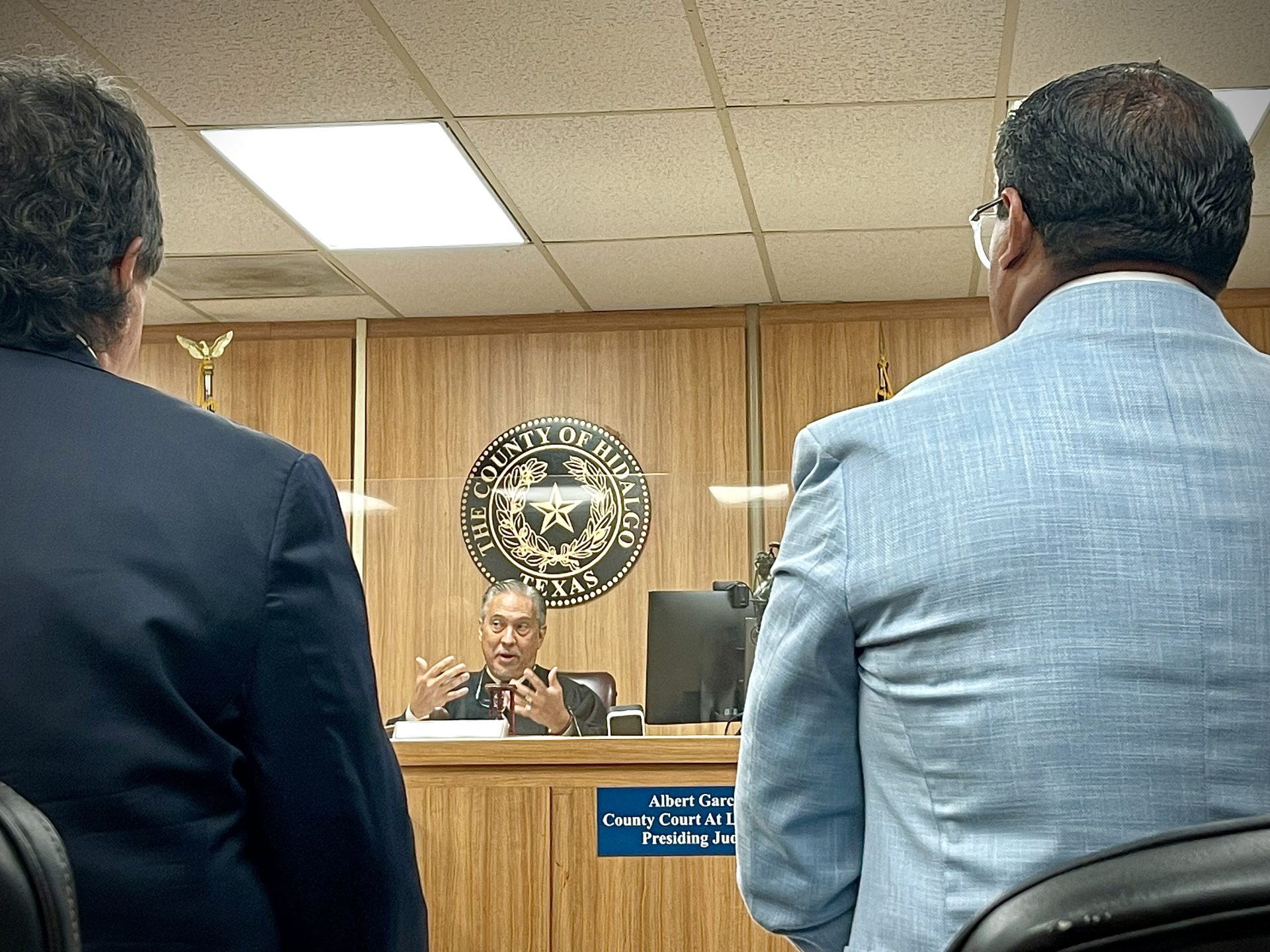The 5-year farm bill that governs billions of dollars worth of programs ranging from crop subsidies to school lunches and food programs is running on borrowed time. The last bill expired in 2023 and its provisions have been extended while partisan bickering holds up new legislation in Congress.
We aren’t likely to see a new farm bill anytime soon; lawmakers probably wait until after the Nov. 5 election to see which party controls each chamber.
The current farm bill extension expires at the end of September, and another continuation is likely.
In the meantime its programs will run under the provisions of the farm bill enacted in 2018 — before the COVID-19 pandemic, its consequent inflation and current drought and heat that are affecting agricultural harvests and prices.
Those are only some of the factors that highlight the need to update the bill and keep it applicable to current conditions.
It’s also why a recent proposal to lock the bill into existing levels is shortsighted.
The House version of the proposed new farm bill seeks to impose restrictions to the U.S. Agricultural Department’s Thrifty Food Plan, which runs SNAP or food stamps and other benefits, to make them cost-neutral. Essentially, it would lock allocations at current levels; changing only to address generalized government cost-of-living calculations.
But benefit programs don’t work that way.
Weather and climate don’t care about congressional restrictions. A lack of rain, or too much of it, affects the availability and subsequent price of commodities. For example, the Rio Grande Valley’s entire sugar cane industry, the only one in Texas, ceased operations in February due to the persistent lack of rain and irrigation water. That lowers the amount of available sugar for the entire country, and raises prices.
 Storm clouds gather over a farmer’s field Friday, Jan. 20, 2023, in Harlingen. (Denise Cathey/The Brownsville Herald)
Storm clouds gather over a farmer’s field Friday, Jan. 20, 2023, in Harlingen. (Denise Cathey/The Brownsville Herald)The Environmental Working Group recently reported that drought-related crop insurance payouts have averaged more than $1 billion per year since 2020 and are rising at twice the federal inflation rate, which also takes into account retail, industrial and other prices.
The overall economy is another factor. Changing conditions can allow fewer people to seek government food assistance, or force more people to seek it.
Government actions in other areas also affect farm bill programs. Current efforts to wean the nation off of combustible fuels already is affecting the subsidized ethanol program, and corn growers are clamoring for other subsidized programs that will help them use corn products in other ways, such as brewing solvents, binders and other chemicals that currently are made from petroleum products.
Also, prices always trend upward. A five-year cycle is short for food purchases anyway; the pandemic and resultant economic turmoil all happened within the past — and current — farm bill.
Agriculture is a volatile industry, and so is poverty. It’s not a zero-sum game, and it won’t become one just because it’s codified into a congressional bill.
To be sure, our administration needs to be frugal with our tax dollars. That is best achieved, however, with adequate transparency and oversight, not by imposing hard and unreasonable limits that don’t allow for extraordinary circumstances.
The post Editorial: Limiting Farm Bill benefits doesn’t account for changes in enrollment or the economy appeared first on MyRGV.com.
 (2).png)
 3 months ago
85
3 months ago
85








 English (US)
English (US)